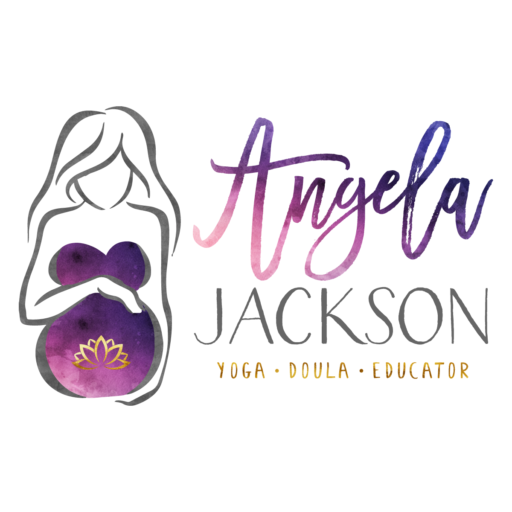At the age of 26 I was in a committed relationship, living abroad with a stable career and dreaming about someday soon becoming a mother. Then I lost my own mother to cancer. All of a sudden the thought of navigating the unchartered territory of parenting seemed much less appealing. Like many other women, my […]
Dear Motherless Mom-to-be, I SEE YOU. Love, a Birth and Postpartum Doula




